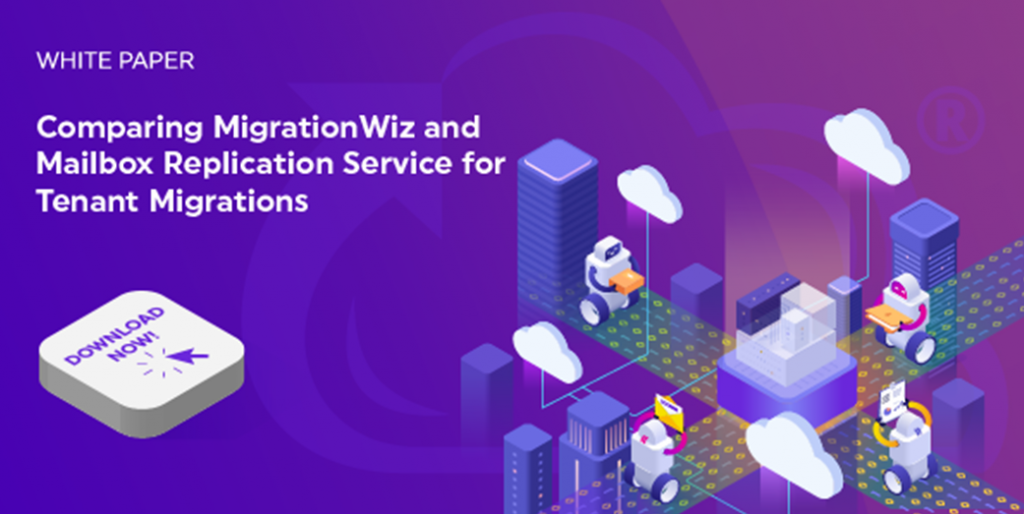Introducing the newest White Paper outlining the differences between using a commercially available SaaS toolset and the MRS (Mailbox Replication Service) that is native to Microsoft 365.

The two approaches enable the migration between two Microsoft 365 tenants. It is a migration process that requires a lot of thought which is why I really enjoyed putting this White Paper together with the team at Bit Titan.
Download it with this link.
[White Paper] Comparing MigrationWiz and Mailbox Replication Service for Tenant Migrations (bittitan.com)
To add an opinion on the entire process, I can say that ‘Yes’ the Microsoft solution is technically a ‘Free’ solution. The free part means that you don’t fork out any cash to Microsoft to be able to use it. However there are some pitfalls in this strategy because the setup, migration configuration and the cutover require a crap ton of preparation. The migration itself once you kick it off is going to run around the same speed. MRS does ‘destroy’ the source, effectively ‘moving’ them to the target tenant. A migration toolset copies it and leaves the source intact. Coexistence works fine on both scenarios though as you would expect.
An interesting feature that was expected from Microsoft when the MRS was announced was the ability to automatically reconfigure the Outlook client for the users. In an Exchange Hybrid migration, when the stub entry is accessed on the source Microsoft server, it points the mailbox at the Microsoft 365 object and the Outlook profile switches over on it’s own. Using the same MRS technology and the fact that the stub entry is left in the source Microsoft 365 we were fully expecting the Outlook client to reconfigure itself however it does not. It requires the user to create a new Outlook profile and bring down a fresh copy of the mailbox. That represents an additional awkward step in the implementation of the migration strategy. Not the end of the world but still a pain in the butt to be honest. It can be handled by third party tools, indeed the BitTitan Deployment Pro facility will switch the profile at the client side to make things smooth.
The end result of all of this is basically, if you want to do everything manually and spend a decent amount of time configuring, monitoring etc. your migration then you can use the MRS solution. If you want a seamless, smooth and hands-off approach then it is worth spending a few bucks for a migration toolset. Especially if you want to share the workload with other people as they can just login to the Migration Console and migrate people. Remember that with a toolset you don’t need to give them access to the Microsoft 365 tenant to perform the work.
Check it out though, have a read and let me know your thoughts. As tools evolve we certainly enjoy feedback.

